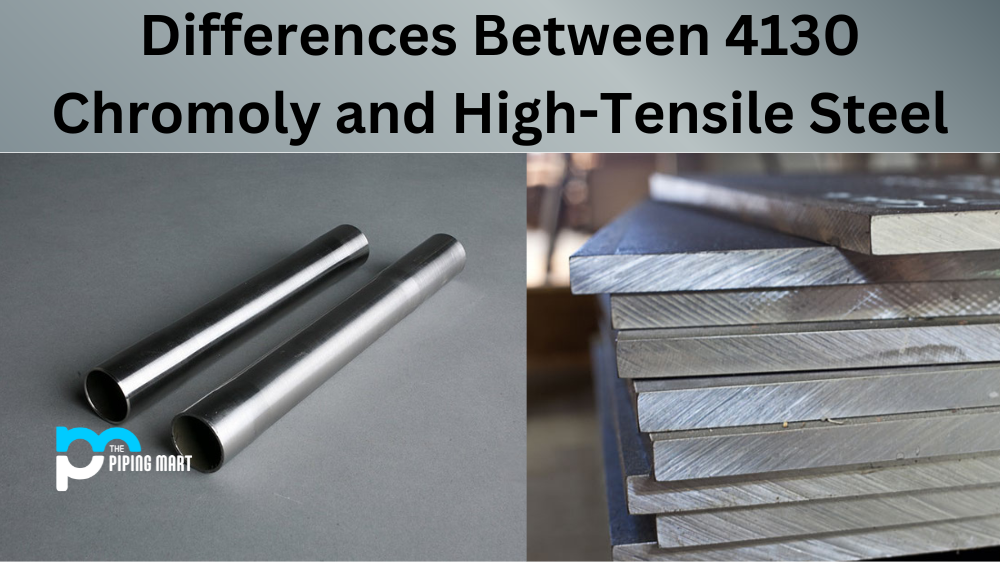Are you familiar with the wide range of copper alloys and their uses? Copper alloys are a combination of metals that when blended together create one material. These unique combinations are used to offer various properties, from strength and stiffness to ductility and resistance to corrosion. This blog post explores the different types of copper alloys and their uses so that you have a better understanding of how these materials can be applied in your next construction project. Keep reading to learn more about this fascinating subject!
What is Copper?
Copper is a reddish-gold metal that is ductile, malleable, and an efficient heat and electricity conductor. Copper was the first metal that humans worked with and is still one of the most commonly used metals today.
Copper alloys are metal alloys with copper as the main component. They are highly corrosion-resistant. The most well-known traditional types are bronze, which contains a significant amount of tin, and brass, which contains zinc. Both of these are imprecise terms, having previously been referred to as lattens. Today, the term copper alloy is commonly used, particularly by museums.
Types Of Copper Alloys
In total, 20 alloys are highlighted, ranging from household names (i.e., bronze, sterling silver) to lesser-known metals crucial for industrial purposes (i.e., solder, gunmetal, magnox). Humans make metal alloys for various reasons.
- Arsenical copper.
- Beryllium copper (beryllium)
- Billon (silver)
- Brass (zinc)
- Chinese silver (zinc)
- Dutch metal (zinc)
- Gilding metal (zinc)
Uses Of Copper Alloys
Arsenical copper
Arsenical copper is commonly used in boiler work, particularly locomotive fireboxes. It also aids in preventing oxygen-free copper embrittlement by bismuth, antimony, and lead through the formation of complex oxides.
Beryllium copper (beryllium):
Beryllium copper is a non-ferrous alloy used in springs, spring wire, load cells, and other parts that must retain shape under repeated stress and strain. It has high electrical conductivity and is used in battery contacts and electrical connectors.
Billon (silver):
Billon is a precious metal alloy with a majority base metal content (most commonly silver, but also gold) (such as copper). It is primarily used to create coins, medals, and token coins.
Brass (zinc):
All brasses are known to be ductile, with lower zinc content being more ductile and higher zinc content being less so. Brass, like copper, is a poor breeding ground for bacteria. Because of this, it is an excellent material for bathroom fixtures, doorknobs, and medical applications.
Chinese silver (zinc):
Chinese silver is an alloy used in jewelry. It has 38% copper, 17.5% zinc, 11.5% nickel, 11% cobalt, and 2% silver.
Dutch metal (zinc):
The color becomes paler as the zinc content increases. Dutch metal, highly ductile and malleable, is used in bronzing and preparing imitation gold leaf.
Gilding metal (zinc):
Gilding metal is used for a variety of purposes, including bullet jackets, driving bands on some artillery shells, and enameled badges and other jewelry. The sheet is commonly used for hammer work in craft metalworking.

Pipingmart is a B2B portal that specializes in metal, industrial and piping items. Additionally, we share the latest information and information about materials, products and various types of grades to assist businesses that are involved in this business.




